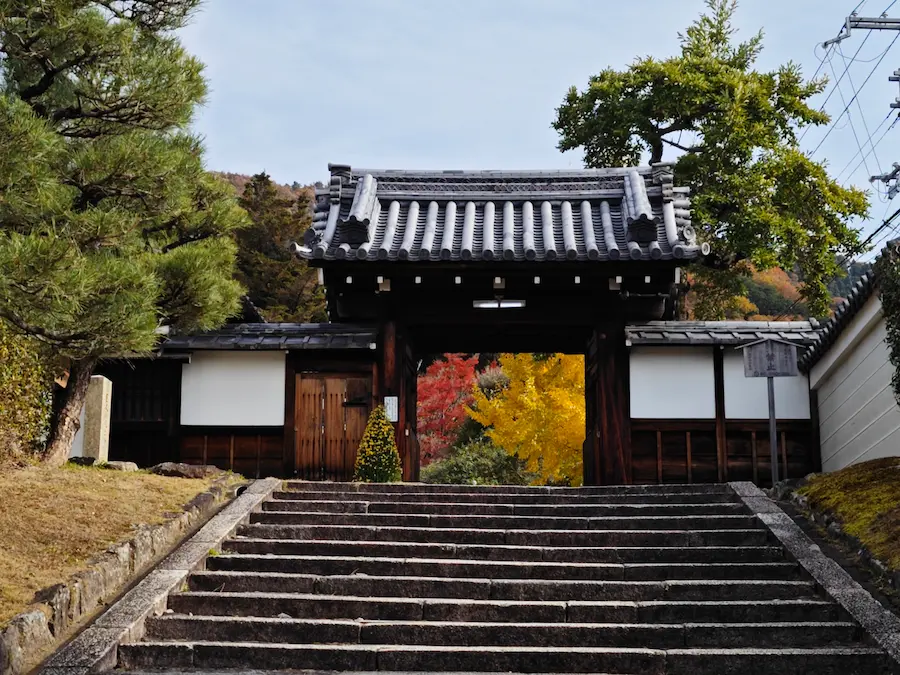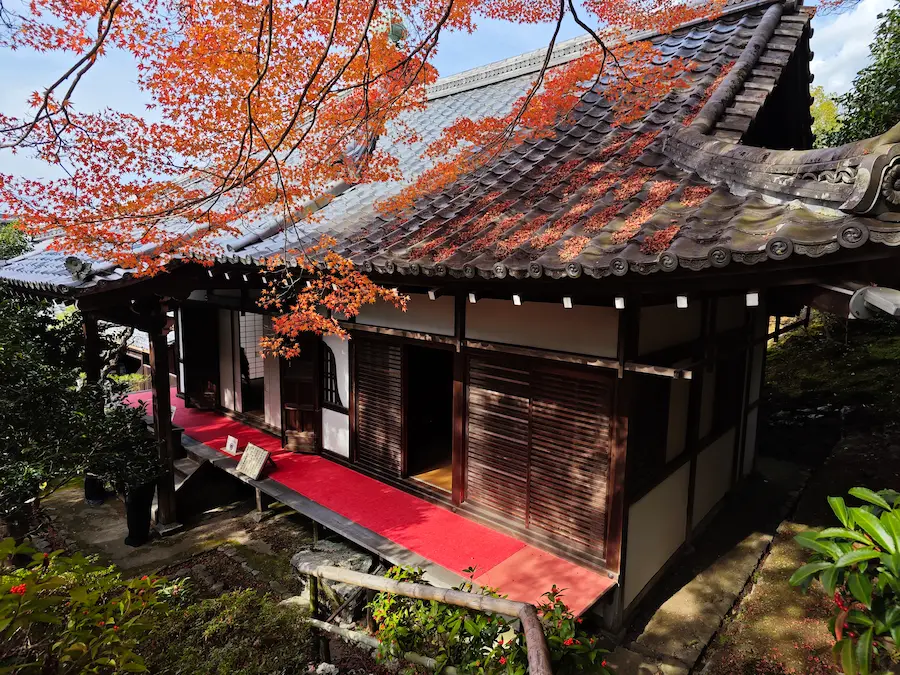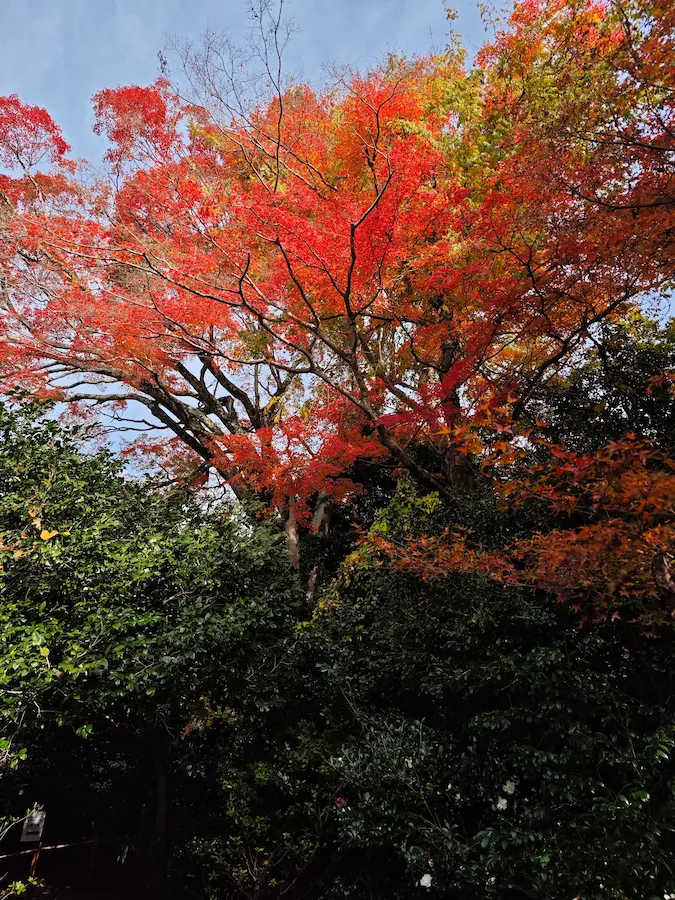Nestled in Kyoto’s tranquility, Reikanji Temple unveils its splendor to the public for a fleeting two weeks, revealing a hidden gem seldom explored by foreign tourists. Founded in 1654, this Rinzai sect temple holds imperial lineage, its main hall a gift from Tokugawa Ienari. The exquisite Shoin, once an imperial palace, beckons with its tailored elegance. The temple’s garden, a mid-Edo period masterpiece, boasts a 350-year-old maple tree and a vibrant array of camellias, showcased during a special opening in January and February. Embrace Kyoto’s serenity and history at Reikanji, a retreat adorned with cultural treasures.
Reikanji Temple is a beautiful temple that is open to the public only a few times a year for about two weeks at a time. It is truly a hidden gem in Kyoto. It is almost unknown to foreign tourists. If you are in Kyoto and the temple is open to the public during your stay, you should definitely visit there. It is usually open to the public around the time of autumn leaves and camellia blossoms.


History
Reikanji Temple was founded in 1654 by Tari no Miya, the daughter of Emperor Gomizunoo. It is a so-called ama (nun) monzeki temple where successive imperial princesses served as chief priests. It is a Rinzai sect temple belonging to the nearby Nanzenji Temple. This temple, also known as the “Palace of the Valley,” retains its prestigious appearance and neatness, suitable for female members of the imperial family to enter.
The main hall was donated by Tokugawa Ienari, the 11th Shogun of the Edo Shogunate. And it houses a statue of the Nyoirin Kannon (Goddess of Mercy) created by Keishin Buddhist priest.

This statue of Nyoirin Kannon is believed to be the principal image of Nyoidera Temple, which was once located in the mountains to the east. Nyoidera Temple was founded in the early Heian period (794-1185), but it fell into disrepair during the Nanbokucho period (1644-1644). Its principal image was moved and Reikan-ji Temple was built.
The Shoin was moved from the former imperial palace of Emperor Gosei in 1686, when his princess entered the temple. Although the shoin is compact, it is a must-see, as it is tailored and decorated as befits a princess.


The sliding doors inside the shoin are decorated with paintings by famous artists, but photography is not allowed.

The garden
Temple’s garden is a pond garden that makes good use of the slopes of the Higashiyama mountains. The garden is well characterized by its mid-Edo period style.



In the garden, there is a 350-year-old Reikanji maple tree, which is the oldest in Kyoto City.

Reikanji Temple is also famous for its camellia flowers. Since Emperor Gomizunoo was fond of camellias, more than 100 varieties of camellias are planted in the large garden, including the Nikko camellia (designated as a natural treasure by Kyoto City), scattered camellias, white peony camellias, and Maizuru camellias, all in full bloom and in a variety of colors. So there is a special two-week opening around January and February to view camellia flowers.
To know about its garden, check here.
Nearby spots from Reikanji Temple
Nanzenji Temple is the head temple of Reikanji Temple.
The famous Eikando is located on the way to Reikanji from Nanzenji Temple.
From Eikando, follow the philosopher’s Path along the way.
Next door is Anrakuji Temple, famous for its tragedy.
Related articles:
[…] Anrakuji Temple, return to the road a little and take the road from in front of the gate of Reikanji Temple (rarely open to the public) in the east direction toward the […]
[…] Reikanji Temple next door is a nun monastery (Ama Monzeki). It is a beautiful temple, but only open to the public for a very limited time. […]